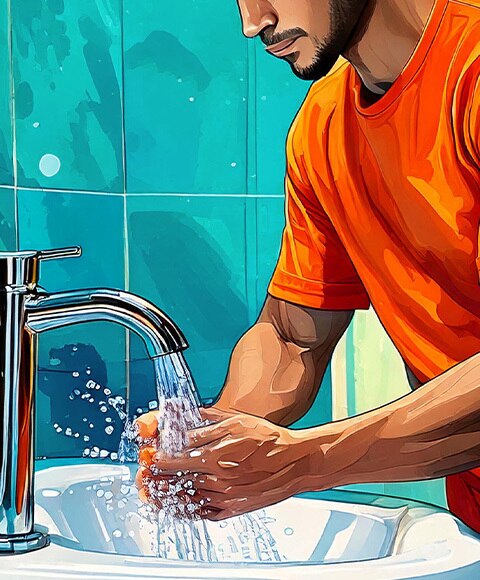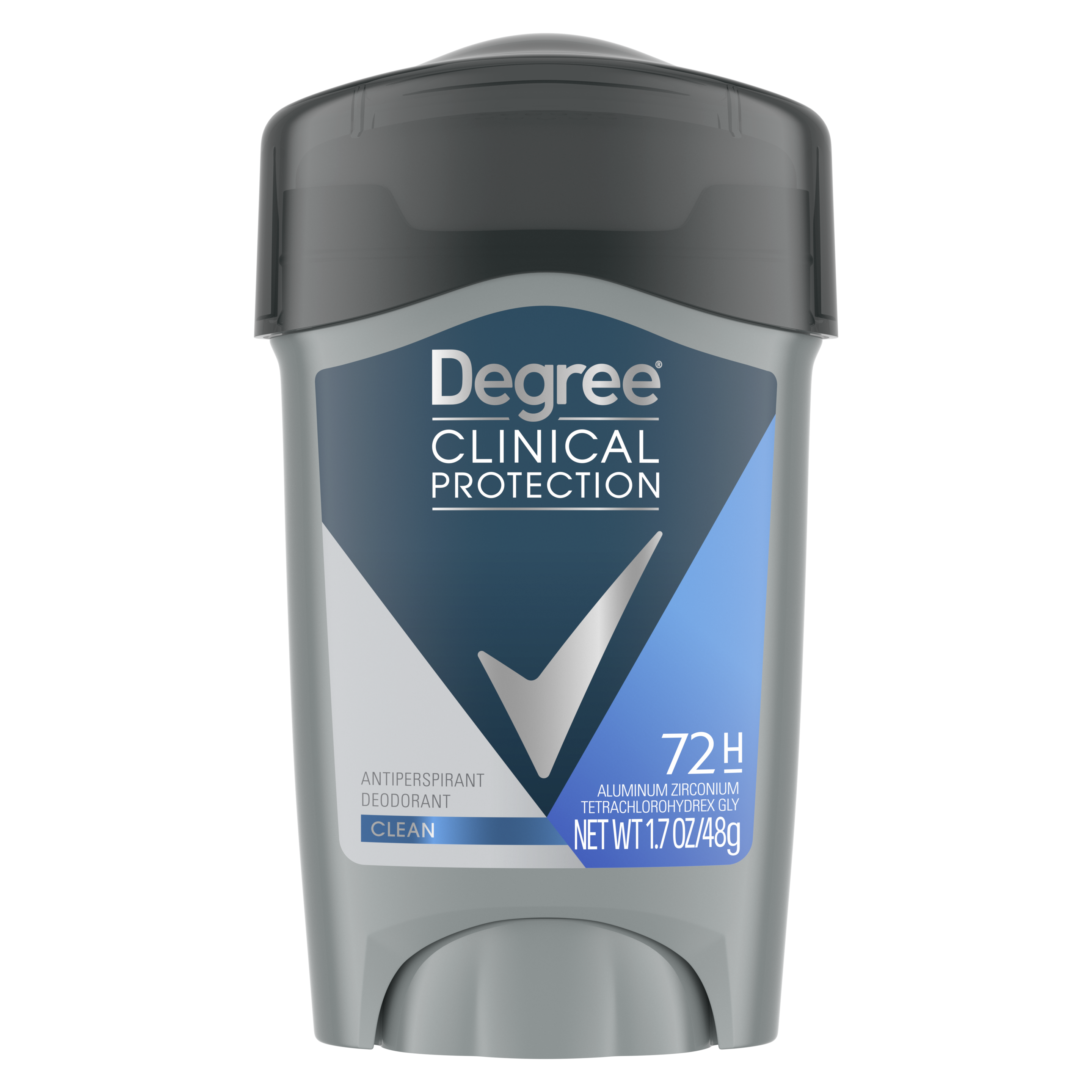GOT CLAMMY SKIN? FIND OUT WHY AND HOW TO TREAT IT
Let’s explore the slippery experience of clammy skin–the mysterious condition that can turn your palms into a moist nightmare for high-fives. Discover the causes of clammy skin and unravel solutions that will leave you feeling dry and confident, ready to face the world with a firm, non-slip handshake.
WHAT EXACTLY IS CLAMMY SKIN?
Clammy skin refers to skin that feels cool, moist, and sometimes appears pale. Whether you shake a damp hand or feel that uncomfortable stickiness yourself, clammy skin is often a symptom rather than a condition.
The causes of clammy skin range from simple nervousness to more serious health concerns. It's your body's natural cooling system at work, but sometimes it goes into overdrive. From clammy feet and hands during a nerve-wracking presentation, to that sticky feeling all over your body on a hot summer night. The reasons behind clammy skin are as varied as the people who experience it.
WHAT CAUSES CLAMMY SKIN?
Clammy skin can be triggered by a variety of factors. Whether it's a tight deadline or a crowded subway, stress can make your hands and feet perspire, leaving your skin feeling damp and cool to the touch.
Your sympathetic nervous system reacts not just to danger, but to emotional stress too. So, when you're anxious about nailing that presentation or excited about a first date, your hands and feet might get the memo to start sweating before the rest of you does.
HOW DO YOU TREAT CLAMMY SKIN?
There are ways to address clammy hands and feet, beyond just a quick wipe on your jeans. Explore these treatments to reclaim your skin from the grip of clamminess.
1. Keep it clean
One of the most straightforward strategies is to keep your skin clean and dry. Regular washing with mild soap can help manage the sweat and bacteria that contribute to clamminess. After washing, thoroughly dry your hands and feet, paying close attention to the spaces between your fingers and toes.

2. Use antiperspirant
Aluminum-based antiperspirants block sweat glands temporarily, reducing moisture production. Prioritize testing any new product on a small skin area to check for reactions. If over-the-counter options prove ineffective, seek guidance from a healthcare professional for advanced treatments.
Choose breathable clothing
Another tactic is to look at your wardrobe choices. Breathable fabrics and moisture-wicking materials can be a game-changer, especially for your feet. Swap out those synthetic socks for cotton or bamboo, and choose shoes that allow your feet to breathe. For your hands, consider carrying a small, absorbent hand towel or wear moisture-wicking wristbands during your workout.
WHAT’S THE DIFFERENCE BETWEEN SWEAT AND CLAMMY SKIN?
Clammy skin and sweat are often confused, but they're not quite the same. Sweat is your body's natural air conditioning system; it steps in to cool you down. Clammy skin, however, is more like an uninvited plus-one. It's that damp, cool, and often uncomfortable sensation that doesn't necessarily come with the heat. This phenomenon can be a reaction to stress, a sudden drop in blood sugar, or even a sign of something more serious.
WHY IS MY SKIN PARTICULARLY CLAMMY AT NIGHT?
Clammy skin at night can turn sweet dreams into a swampy nightmare. It's often caused by your sleep environment or underlying health conditions. Keep your bedroom cool and invest in moisture-wicking bedding, but if you're frequently waking up feeling like you've taken a dip in the pool, it's worth discussing this with your doctor.
So there you have it, your clammy skin questions uncovered. Think of clamminess as just a chapter in your skin's journey, and armed with the right knowledge and tools, you can calm clammy skin and step forward to give handshakes with confidence.



